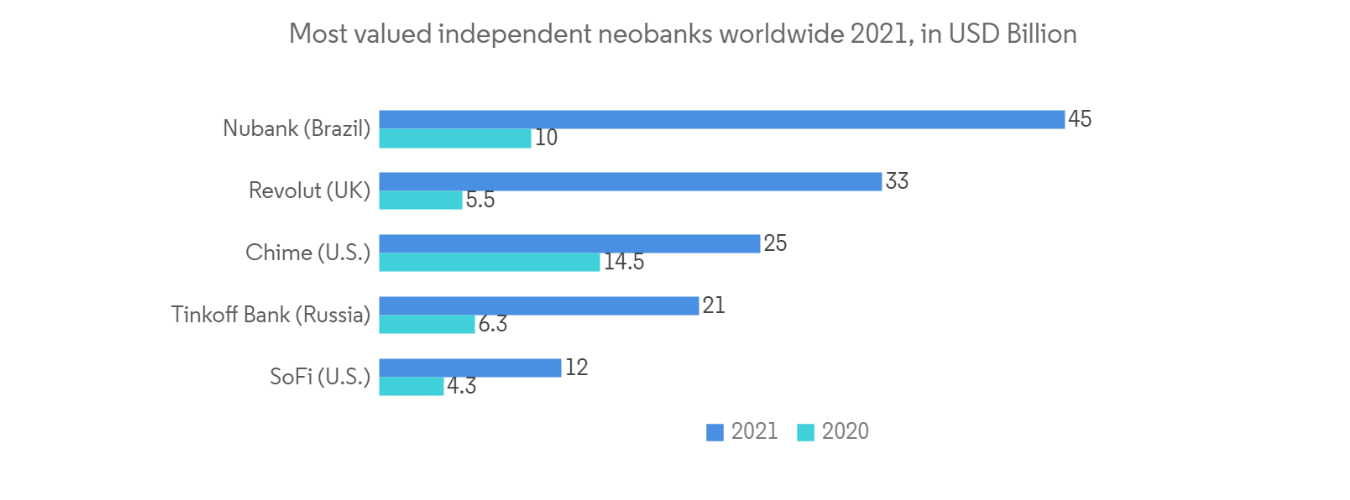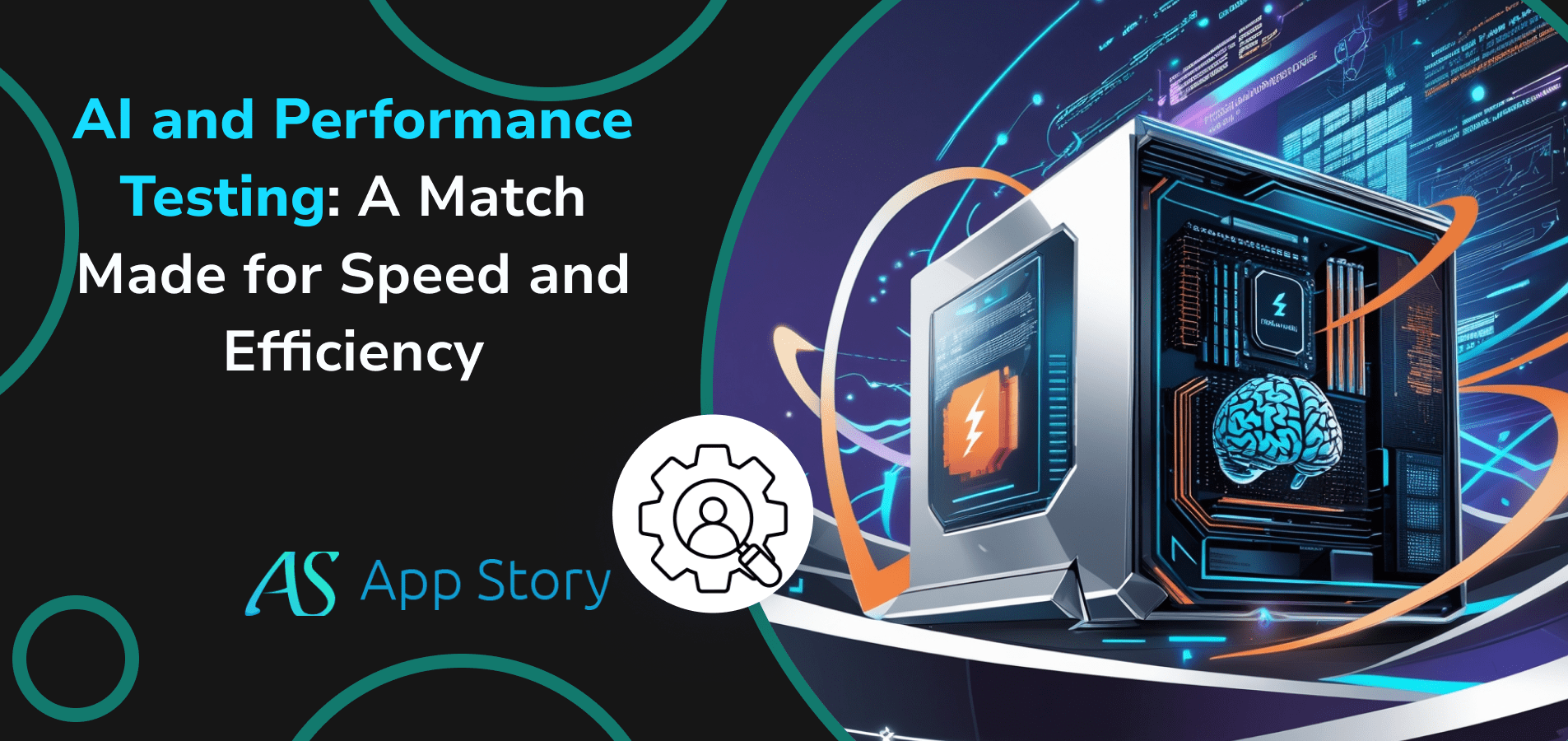The global Application Delivery Controller Industry (ADC), also known as a load balancer or application delivery platform, is a networking device or software solution designed to optimize the availability, security, and performance of applications. ADCs play a critical role in ensuring that applications are delivered efficiently and reliably to end users by managing traffic, distributing workloads, and providing various performance-enhancing features. Below is an in-depth overview of ADCs, including their functions, features, benefits, and deployment considerations.
Functions of an Application Delivery Controller (ADC):
- Load Balancing: ADCs distribute incoming traffic across multiple servers or resources to prevent overloading a single server and to optimize resource utilization.
- Traffic Management: ADCs control and manage network traffic to ensure that applications perform efficiently. This includes features such as traffic shaping, rate limiting, and request prioritization.
- Application Acceleration: ADCs use various techniques like caching, compression, and connection pooling to accelerate the also delivery of applications and reduce latency for end users.
- SSL Offloading: Offloading the resource-intensive task of SSL/TLS encryption and decryption from application servers to ADCs improves server performance.
- Security: ADCs can provide security features such as firewalling, intrusion prevention, and distributed denial-of-service (DDoS) protection to safeguard applications from threats.
- Global Server Load Balancing (GSLB): For organizations with geographically distributed data centers, GSLB ensures that users are directed to the nearest or most optimal data center based on factors like latency and server load.
- Application Health Monitoring: ADCs continuously monitor the health and availability of backend servers and services, automatically directing traffic away from servers experiencing issues.
- Content Switching: ADCs can route traffic based on content characteristics, such as URL, cookies, or HTTP headers, enabling efficient distribution of different application services.
- Caching: By storing frequently accessed content closer to users, ADCs reduce the need to retrieve data from backend servers, leading to faster response times.
- WAN Optimization: ADCs optimize application performance over wide area networks (WANs) by using techniques like data compression and protocol optimization.
- Scalability: ADCs enable easy scaling of application infrastructure by dynamically adding or removing resources based on traffic demands.
Features and Benefits of ADCs:
- High Availability: ADCs ensure applications also remain available even in the event of server failures by seamlessly redirecting traffic to healthy servers.
- Improved Performance: Features like load balancing and also application acceleration lead to faster response times and a better user experience.
- Security Enhancement: ADCs protect applications from attacks by implementing security policies, filtering traffic, and detecting anomalies.
- Simplified Management: Centralized management interfaces enable administrators to configure and monitor ADC settings across multiple servers or data centers.
- Optimized Resource Utilization: Load balancing evenly distributes traffic, preventing resource underutilization on some servers and overload on others.
- Traffic Insights: Also ADCs provide visibility into application traffic patterns, enabling administrators to make informed decisions about optimization and capacity planning.
Deployment Considerations:
- Physical vs. Virtual ADCs: Organizations can choose between hardware-based (physical) ADCs and software-based (virtual) ADCs based on their requirements and infrastructure.
- Scalability: ADCs should be capable of handling increasing traffic loads and easily scaling resources as needed.
- Traffic Patterns: Consider the types of applications and traffic patterns (HTTP, HTTPS, TCP, UDP) to determine the appropriate ADC features.
- Security Needs: Depending on the application’s sensitivity, select an ADC with appropriate security features, such as DDoS protection and web application firewalling.
- Geographical Distribution: For global deployments, choose an ADC with GSLB capabilities to direct users to the closest data center.
- Integration: Ensure the ADC integrates well also with your existing infrastructure, including networking, server hardware, and application stack.
- Vendor and Performance Evaluation: Evaluate ADC solutions from various vendors based on factors such as performance, features, support, and cost.
Functions and Features of ADC:
- Load Balancing: One of the primary functions of an ADC is load balancing. It distributes incoming network traffic across multiple servers or resources to ensure even distribution of workloads. This prevents any single server from becoming overwhelmed, leading to better application performance and resource utilization.
- Traffic Optimization: ADCs can optimize application traffic by caching frequently accessed content, compressing data to reduce bandwidth usage, and minimizing latency through techniques like connection pooling.
- Security: ADCs provide security features such as SSL offloading, which involves decrypting encrypted traffic before forwarding it to the backend servers. This allows the servers to focus on processing application logic rather than dealing with encryption and decryption processes.
- Application Acceleration: ADCs can accelerate the delivery of applications by using techniques such as protocol optimization, content compression, and request/response processing to minimize the round-trip time between clients and servers.
- Global Server Load Balancing (GSLB): In distributed environments, ADCs can offer GSLB to direct users to the most appropriate data center or server based on factors such as server health, geographic location, and network conditions.
- Web Application Firewall (WAF): ADCs often include WAF capabilities to protect applications from common web-based attacks, such as SQL injection, cross-site scripting (XSS), and other malicious activities.
- Application Health Monitoring: ADCs continuously monitor the health and availability of backend servers and resources. If a server becomes unresponsive or experiences issues, the ADC can redirect traffic away from it to healthy servers.
- Session Persistence: ADCs can ensure that user sessions are maintain on the same backend server throughout the duration of a session. This is particularly important for applications that require session continuity, such as e-commerce websites.
Deployment Options:
- Hardware ADCs: These are physical appliances that are install in data centers. They offer high performance and scalability and are suitable for organizations with substantial application traffic.
- Virtual ADCs: These are software-base solutions that run on virtualized servers. They offer flexibility and can be easily deploye and scaled in virtualized or cloud environments.
- Cloud ADCs: These are specialized ADC solutions design for cloud environments. They provide the same ADC functionality but are optimize for cloud deployment models.
Benefits:
- Improved Performance: ADCs enhance application performance by optimizing traffic and reducing latency.
- Scalability: ADCs allow organizations to scale their applications horizontally by distributing traffic across multiple servers.
- Availability: With load balancing and health monitoring, ADCs ensure high availability by directing traffic away from failed servers.
- Security: ADCs provide security features, such as SSL termination and WAF, to protect applications from various threats.
- Global Load Balancing: ADCs help optimize application delivery across multiple data centers or geographical locations.
- Cost-Efficiency: By optimizing traffic and reducing resource load, ADCs contribute to better resource utilization and cost savings.
Summary
An application delivery controller is a crucial component for optimizing, securing, and managing the delivery of applications in complex network environments. It plays a vital role in ensuring a seamless user experience, maintaining application availability, and enhancing security.






 United States
United States United Kingdom
United Kingdom India
India Canada
Canada Singapore
Singapore















![10 Benefits of the Internet of Things You Should Know [2025]](https://www.appstory.org/wp-content/uploads/2025/03/ATS-10-Benefits-of-the-Internet-of-Things-You-Should-Know-2025@2x-80x60.png)




















